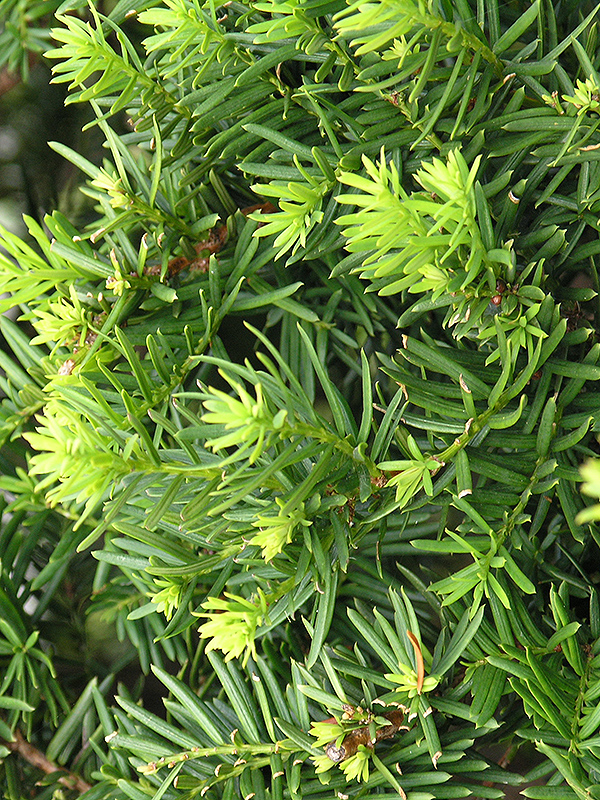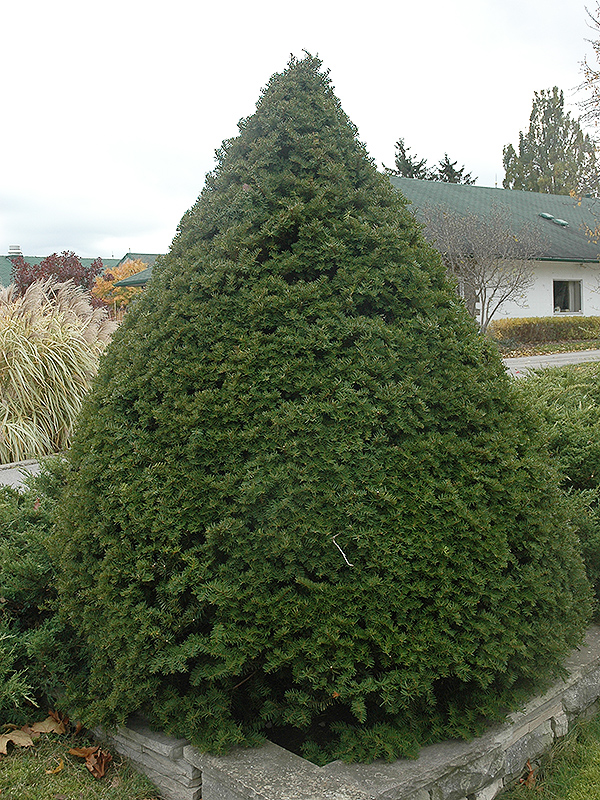| General Description | Can be grow into many different shapes and forms. Usually grown as a shrub. Can be rejuvinated if cut back to the crown. Older shrubs often grow out of proportion with their surroundings. |
| ID Characteristic | Stunning, vibrant red bark, easily shaped, popular and usually grown as a pyramid, that eventually resembles a small tree in size. |
| Shape | This is the most common form of the species in commerce. It forms a broad, pyramidal form. |
| Landscape | Pyramid-shaped member of the yew family. Adapts to any well drained soil. Maintains colour better with some shade. Ideal for north and east sides of houses. Makes a good specimen or corner plant. |
| Propagation | Grow also from cuttings taken early in new year, or late in summer and rooted with #3 rooting hormone. Air layering may be done in summer. |
| Cultivation | Usually done from cuttings, transplants well as a balled-and-burlaped or field dug plant. Prefers moist soils, usually sand, but can adapt. The soil must be well drained to keep the roots from drowning as it is intolerant of wet soils. |
| Pests | Taxus root weevil may become a problem on some plants. |
| Notable Specimens | The A.M. (Mac) Cuddy Gardens, Strathroy, Ontario, Canada has a 60 year old plant in the border (2014). |
| Habitat | Horticultural origin. |
| Bark/Stem Description | Beautiful reddish, brown bark that exfoliates in scales. Smooth scales almost resembling a neck of giraffe. Bark on the inner crown is more brown than red like the stems. |
| Flower/Leaf Bud Description | Buds are brown and imbricate and are ovoid-oblong in shape. |
| Leaf Description | Flat needle-like leaves with an abrupt/short point. Dull green colour with a tint of red on upper side and paler on the underside of the needles. Straight or curved, non-distinct two-ranked needles.1-2.5 cm long and only 2 mm wide. |
| Flower Description | Dioecious, forms on previous years wood; ornamentally unimportant. |
| Fruit Description | A semi- attractive red arial covering a hard olive coloured poisonous seed. |
| Colour Description | Dark-green, turning to a reddish-green tint in winter. |
| Texture Description | Medium texture, sharply pointed waxy feeling needles. |

